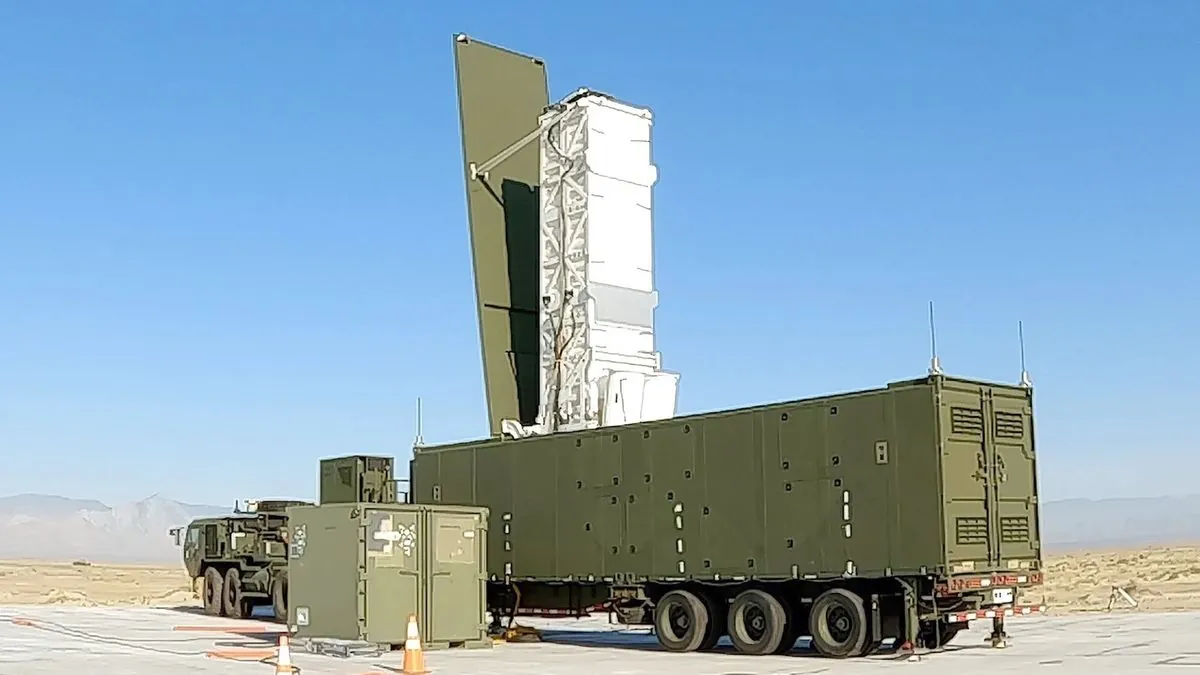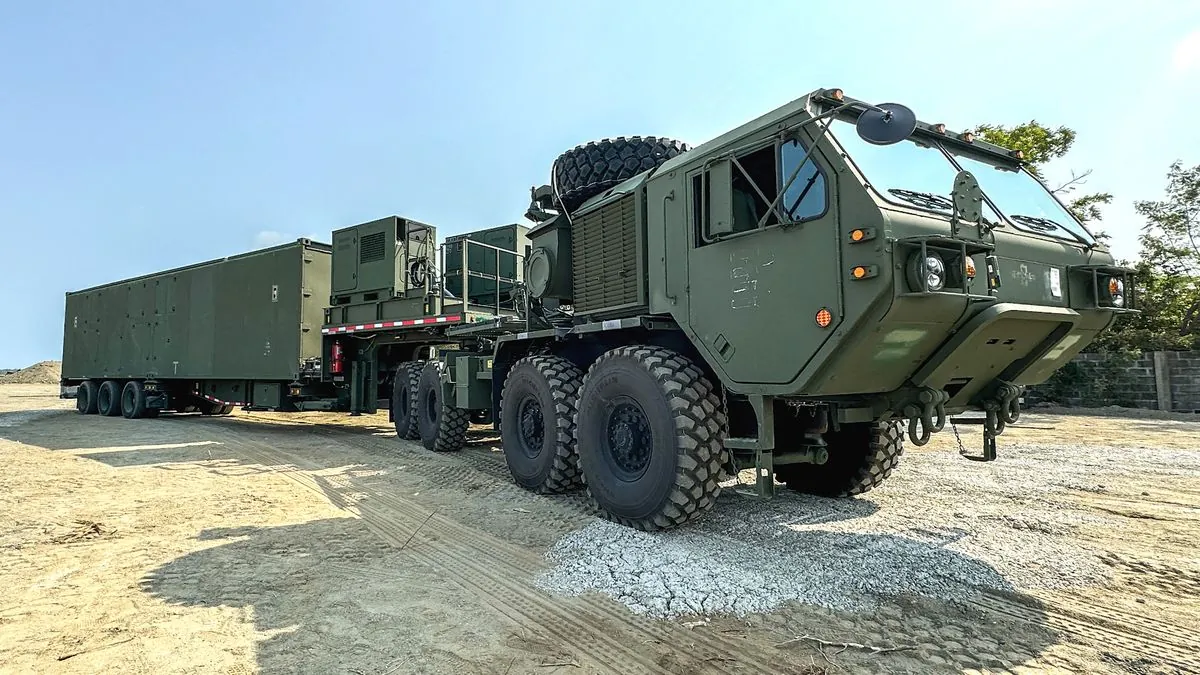US-Philippines Extend Missile System Deployment, Defying China's Concerns
US and Philippines agree to keep Typhon missile system in northern Philippines indefinitely, despite China's objections. The move aims to boost deterrence in the region amid ongoing tensions.

US and Philippine officials have reached an agreement to maintain the presence of a US mid-range missile system in the northern Philippines for an indefinite period, according to two Philippine officials speaking on condition of anonymity. This decision, aimed at enhancing deterrence capabilities, comes despite China's expressed concerns over the deployment.
The Typhon missile system, a land-based weapon capable of launching Standard Missile-6 and Tomahawk Land Attack Missiles, was initially brought to the Philippines in April 2023 for joint military exercises. With a range of up to 1,800 kilometers (1,118 miles), the system places China within its target area, potentially altering the strategic balance in the region.

Chinese diplomats have repeatedly conveyed their alarm to the Philippine government, warning that the missile system's presence could destabilize the region. However, Philippine Defense Secretary Gilberto Teodoro Jr. firmly rejected these concerns, characterizing them as interference in the Philippines' internal affairs.
"China is saying that they are alarmed but that is interference into our internal affairs. They are using reverse psychology in order to deter us from building up our defensive capabilities."
Teodoro further challenged China's stance, calling for them to lead by example by dismantling their nuclear arsenal, removing ballistic missile capabilities, and withdrawing from disputed areas in the South China Sea, including Mischief Reef, which China seized in 1995.
The deployment of the Typhon system is part of a broader context of increasing tensions in the South China Sea. This strategic waterway, through which an estimated one-third of global shipping passes annually, has been a source of contention between China and several Southeast Asian nations, including the Philippines, Vietnam, Malaysia, Brunei, and Taiwan.
The United States and the Philippines have consistently condemned China's assertive actions in the region, particularly its artificial island-building activities and territorial claims based on the "Nine-dash line." These tensions have led to several incidents, including the 2012 Scarborough Shoal standoff, which marked a significant escalation in Philippines-China relations.
The missile system's deployment also reflects the strengthening of US-Philippines military cooperation. The two countries have a long-standing Mutual Defense Treaty, signed in 1951, and more recently, the Enhanced Defense Cooperation Agreement (EDCA) in 2014. These agreements form the basis for joint military exercises like the annual Balikatan, or "shoulder-to-shoulder," combat drills.
As the situation develops, the international community watches closely. The South China Sea dispute involves complex legal and diplomatic challenges, with the United Nations Convention on the Law of the Sea (UNCLOS) providing the framework for resolving maritime disputes. Meanwhile, efforts continue to negotiate a Code of Conduct in the South China Sea between China and ASEAN member states.
The extended deployment of the Typhon missile system underscores the delicate balance of power in Southeast Asia and the Pacific region. As nations strive to protect their interests and maintain stability, the need for diplomatic solutions and adherence to international law becomes increasingly crucial in navigating these complex geopolitical waters.


































